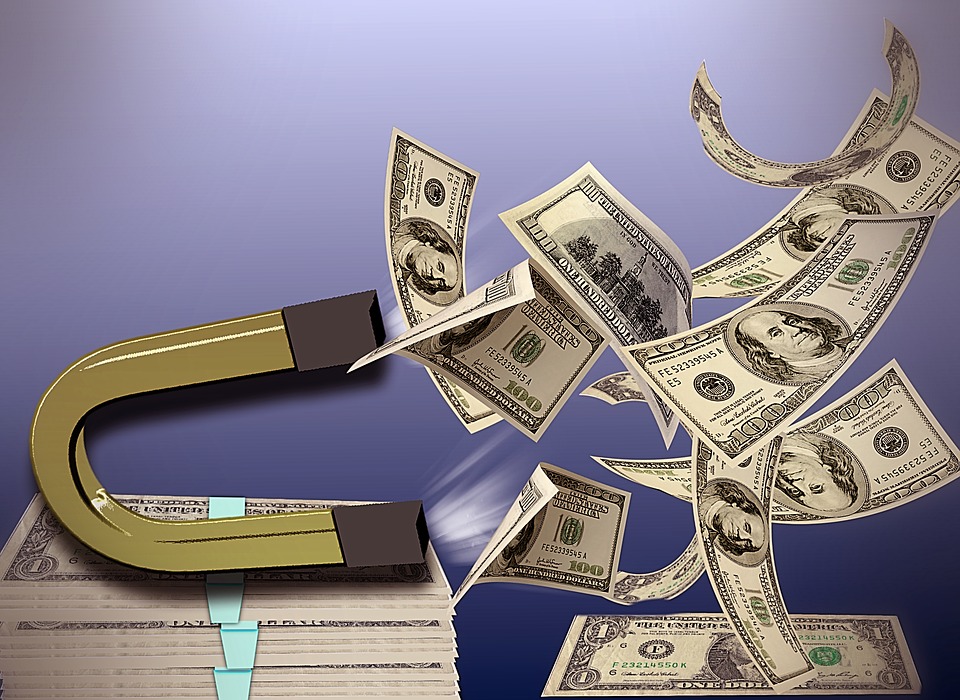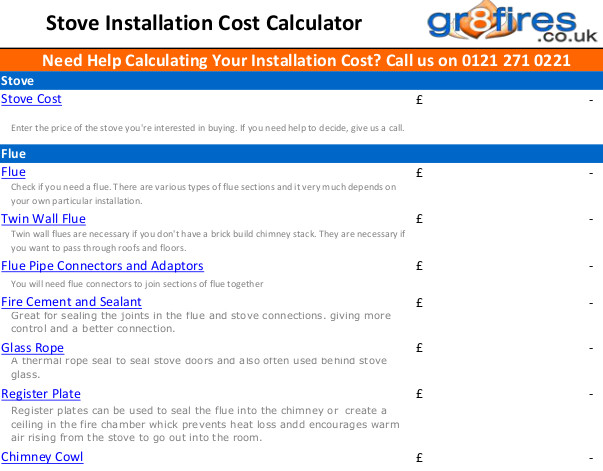Years of Studying Funnel Conversion and it Comes Down to This
I was in my freshman English college class when I read an essay by Mark Twain.
In it, he wrote about his time piloting a ferry up and down the Mississippi River.
He mentioned how he had come into the job with little to no prior knowledge.
He didn’t understand the currents of the river or how they affected the ship. He didn’t understand what the floating logs meant or how to read them. He didn’t even know how the ferry traversed the waters.
But, in time, he learned. He came to understand these things and how they worked. And in understanding how they worked, he found them beautiful.
The question of the essay therefore became, Does knowledge make something more or less beautiful? Is it better or not to know how something works?
The answer was, in my view, yes. Knowing more about how something works does make it more beautiful. This is because the knowledge helps you better relate to why something is the way it is.
For instance, after years of study and practice, I understand the “physics” of a sales funnel at a low tactical level and at a high strategic level.
And when it comes to conversions within your marketing funnel, there is one unifying lesson that stands out.
If your goal is to growth your email opt-in conversion rate, this lesson will come in handy.
It’s the lesson of alignment.
What Is Alignment?

Alignment means bringing together the needs of someone arriving to a landing page with a specific, targeted offer.
This could be in the form of a lead magnet, a free download, and/or an offer to buy something. When the offer fits with someone’s interest or goal, and when the copy and design work to build trust as well, there’s alignment. That means a transaction will often happen.
To me, alignment is one of those important high-level concepts. Like a compass giving you direction, the alignment strategy helps you make thoughtful choices in your marketing tactics.
Remember, a tactic is the method (like an email pop-up) and a strategy is more like the objective (“get more email subscribers...”) or the high-level how (“... by aligning the offer with our target customer’s need”).
For example, here’s the web’s most comprehensive list of all the most effective tactics to grow an email list.
The bottom line is that alignment is a big-picture idea. Conversion happens if the customer’s needs and/or interests are aligned with the offer on the page.
Similarly, just look at your blog posts. If the blog post content is aligned with what someone is searching for on Google, they’ll read or at least scan the content. In a way, that’s a conversion, too.
Examples of Conversion Alignment
CASE STUDY #1: Fleet Tracking Company Improves Demo Video, Increases Conversions by 800%
 To tell you a little more about conversion alignment, let’s take a look at a case study from Crazy Egg.
To tell you a little more about conversion alignment, let’s take a look at a case study from Crazy Egg.
In the case study, a fleet tracking company initially had it set up so customers had to schedule a demo in order to learn more about the product. They switched that up for an on-demand five-minute video demo.
The result? Their conversions skyrocketed by a whopping 800%.
A perfect example of alignment.
Why did this fleet company suddenly get so many more conversions? Simple: they aligned people’s interests with the offer. Customers didn’t want to wait or switch from a computer to a phone. They preferred the video because it was more convenient.
CASE STUDY #2: WP Curve Targets Specific Lead Magnets to Blog Content, Conversions Pay off in Big Way
 On WP Curve’s blog, they started targeting specific lead magnets to specific types of posts. So if it was a post about content marketing, they would have a content marketing checklist. If it was a post about recruitment, they’d have their own downloadable opt-in template.
On WP Curve’s blog, they started targeting specific lead magnets to specific types of posts. So if it was a post about content marketing, they would have a content marketing checklist. If it was a post about recruitment, they’d have their own downloadable opt-in template.
I used to do this with each Growbo post in the past (and we will again) but it definitely works.
Why do it?
As a result of that change, their conversions increased significantly. In one of their posts, conversion rates lingered at around 5.27%. After implementing their lead magnet tactic, the rates increased to 10.12%.
10% is nothing to sneeze at considering many of the blogs I’ve consulted for in the past have a starting conversion rate of just 1% or less at first.
This strategy is also successful for email pop-ups. If the pop-up offer is aligned with the traffic arriving on your website and what their interests are in your content, people are going to convert.
For example, when we first launched our sales funnel checklist a couple of years ago, we were getting a lot of traffic from people searching for sales funnels and still do. We decided to use an exit pop-up. As a result, our conversion rate was extremely high, at 7%.
Another great example is found on userinput.io. We helped them set up a pop-up offering 20% off. We make the offer close to the point of purchase, so it is aligned with people considering a purchase of their services.

CASE STUDY #3: Shoe Retailer Snatches 6.8% of Abandoning Shoppers
Similar to the UserInput example above, Canadian shoe company ShoeMe was dealing with online shopping cart abandonment. They decided to offer a 15% off coupon to see if that would make a difference.
It did, but not as expected. In fact, the rate of shopping cart abandonment increased.
They had to try something different.
Rooster’s exit pop-up would trigger at the point of shopping cart abandonment. This overlay reminded customers of all the perks of shopping at ShoeMe, like free returns and free shipping.
There was also a mention about duty-free returns. This was meant to ease worries for U.S. customers about paying huge return fees across the border.
Suddenly, customers paid attention. Those who were abandoning their carts stopped doing it. Purchase rate improved by 7% just from those with shopping cart abandonment.
How does this tie into alignment? ShoeMe understood their customers’ pain points. Through the Rooster exit pop-up, they aligned their opt-in offers to appeal to customers’ reservations.
CASE STUDY #4: Gr8fires Tackles Customer Pain Point, Boosts Leads by 300%
So what’s the biggest concern for this customer base? Stove installation.
Gr8fires knew this, so they made an installation calculator.

What did this do?
It was educational and offered all the info a customer could want about DIY installation. Even better, it was free.
All the customer had to do was submit their email address for their own installation calculator.
Their sales jumped as a result. They saw a 300% increase in leads. Since customers were now more educated, they weren’t scared about installing their own stove. That made them more likely to buy.
How to Apply it to Your Content Marketing & Sales Funnel Right Now
If your goal right now is to grow your email list, the way to apply this is to experiment and A/B test different offers. You can look at your traffic analytics for a hint here. For example, which of your pages has the highest traffic? Look beyond the basics, like your homepage or pricing page or about page.
Some more questions you can research to help plan your offer:
- What is the pattern, if any, that you recognize?
- Which content gets the most attention?
- What problems are your customers looking to solve?
- What type of new offer will convert better?
These are typically low commitment, like a checklist. They typically do better because they’re not a multi-day email course, which requires a higher level of interest and commitment.
Come up with an offer that you can test in a pop-up on your website. If you want to get advanced, just look at the WP Curve example above. Do something similar. Target specific offers to specific types of pages.
This takes more effort. You need to put together more downloadable resources for it to work.
I recommend breaking it down into four to eight categories at most. It gets to be too much to manage beyond that.
Why not start with one popular blog page. For example, let’s look at our former customer Footankle.com. You could write a post talking about avoiding heel spurs from running. You then create a downloadable offer specific to that topic or category.
In turn, your opt-in rate will grow. It’s almost like you’re giving as close to the perfect offer as possible for each individual visitor. This is based on what people are interested in and the pages they’re visiting.
Conclusion
Alignment is a necessity for any type of conversion rate you’re looking to grow, from email opt-ins to shopping cart abandonment. By understanding what your audience wants, you can target them at just the right time, in the right way. This will lead to more opt-ins and more sales.
To review:
- Alignment means bringing together the needs of someone arriving to a landing page with a specific, targeted offer that often results in more lead conversions.
- It may take some experimentation and testing before you get your alignment offers just right. Survey your visitors and A/B test different ideas.
- Use analytics to track results to see if your opt-in offers are attracting more leads and conversions.
Does the idea of alignment deepen your understanding of how to grow your funnel conversion rate? If you’ve applied the strategy, did it pay off like it did for some of the companies mentioned in the above case studies? Let me know in a comment below.
Keep Hustlin’, Stay Focused,
—Matt














